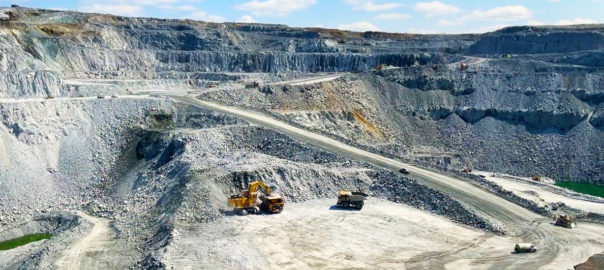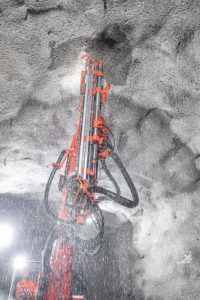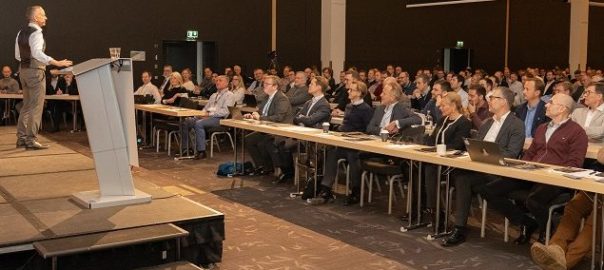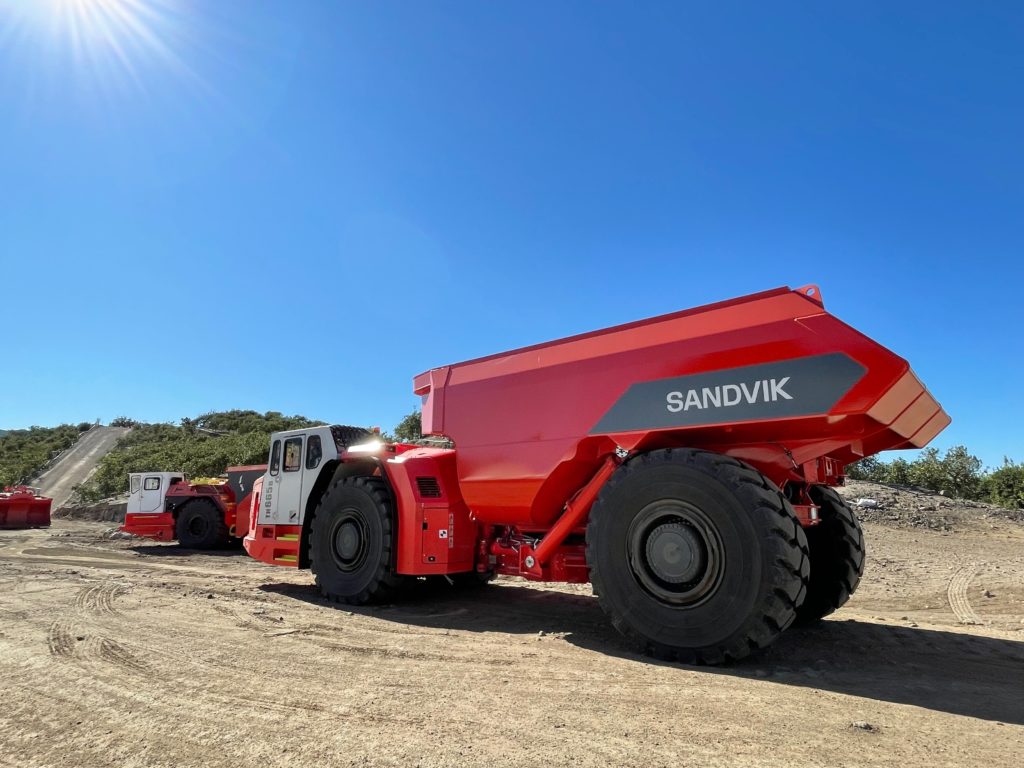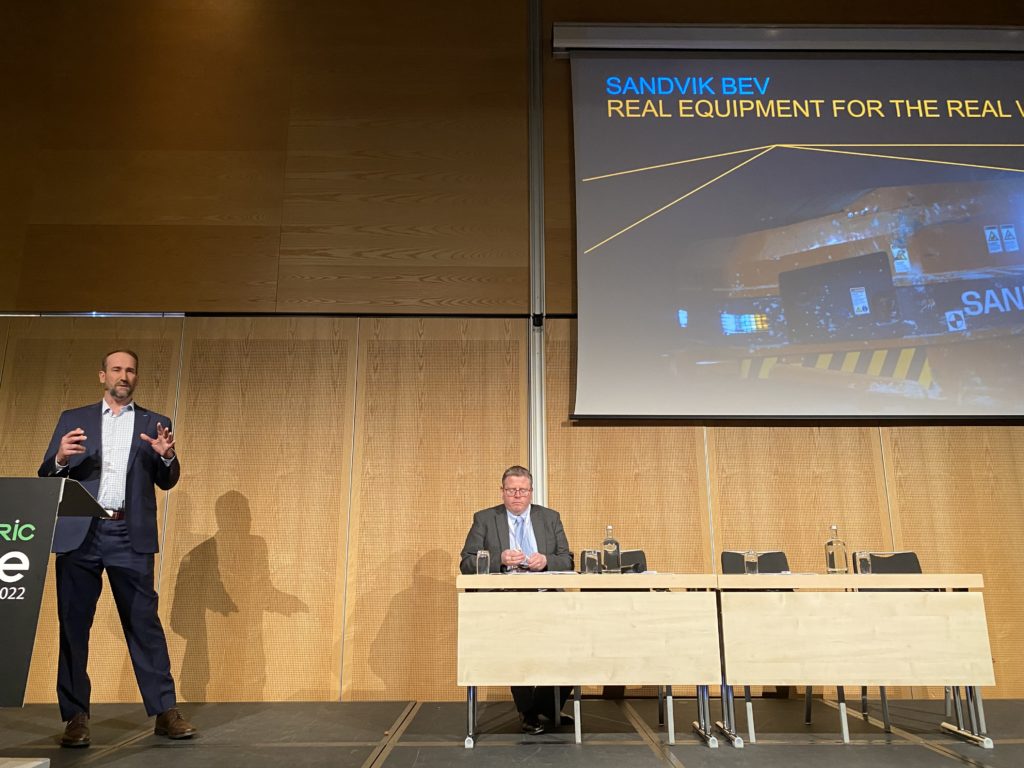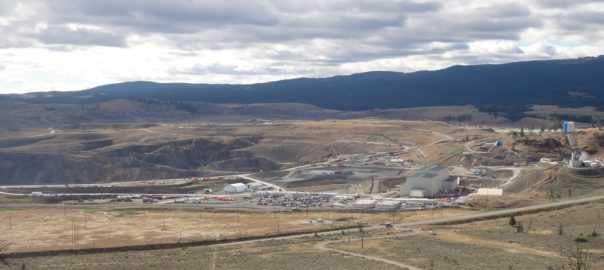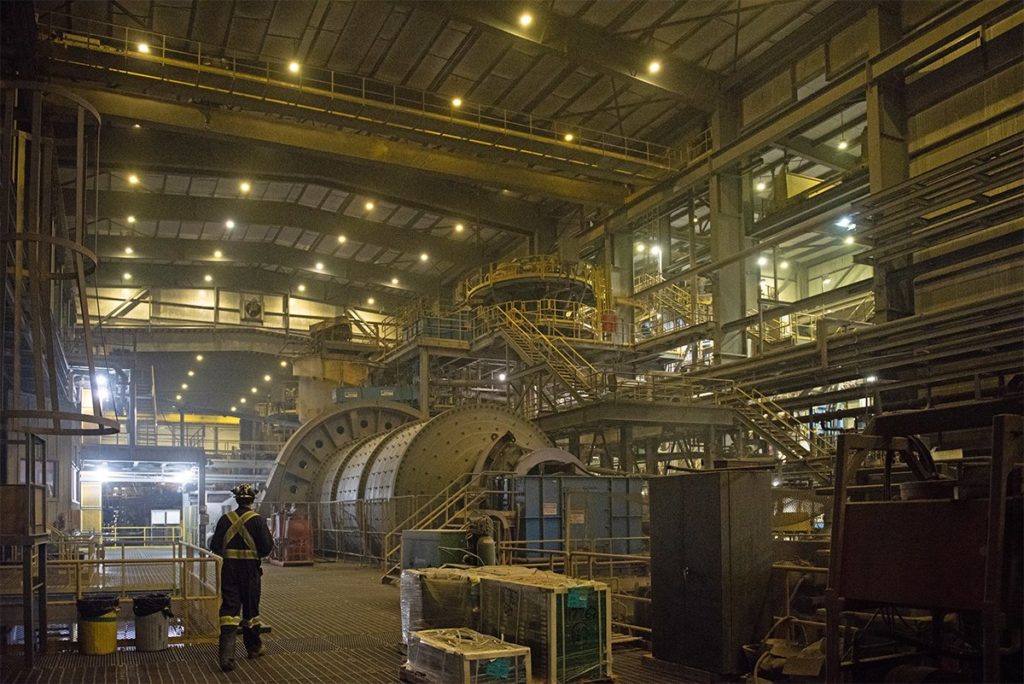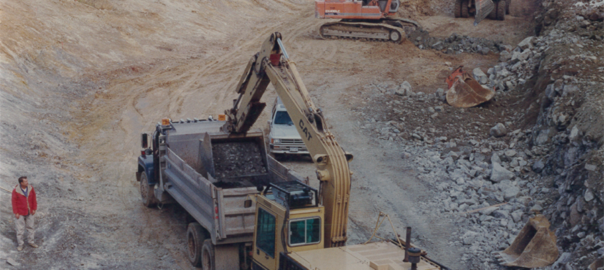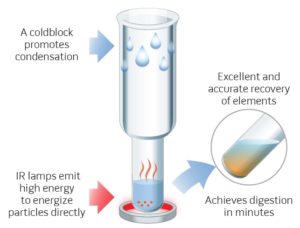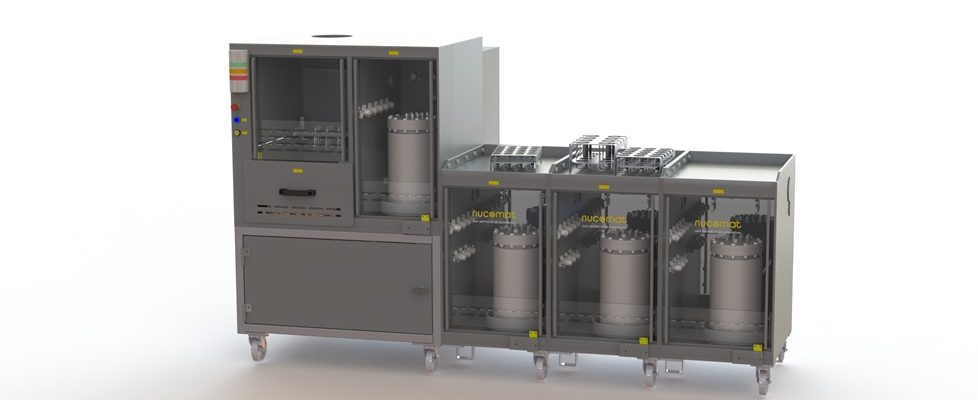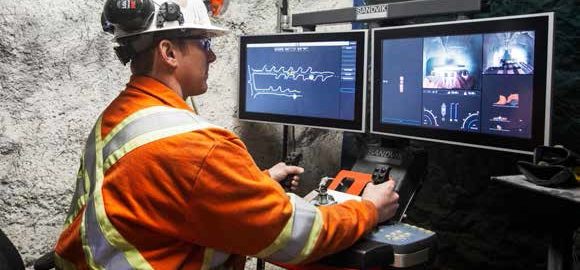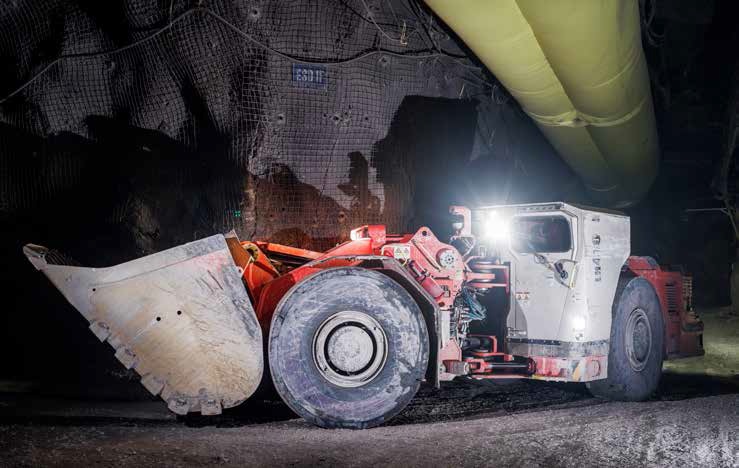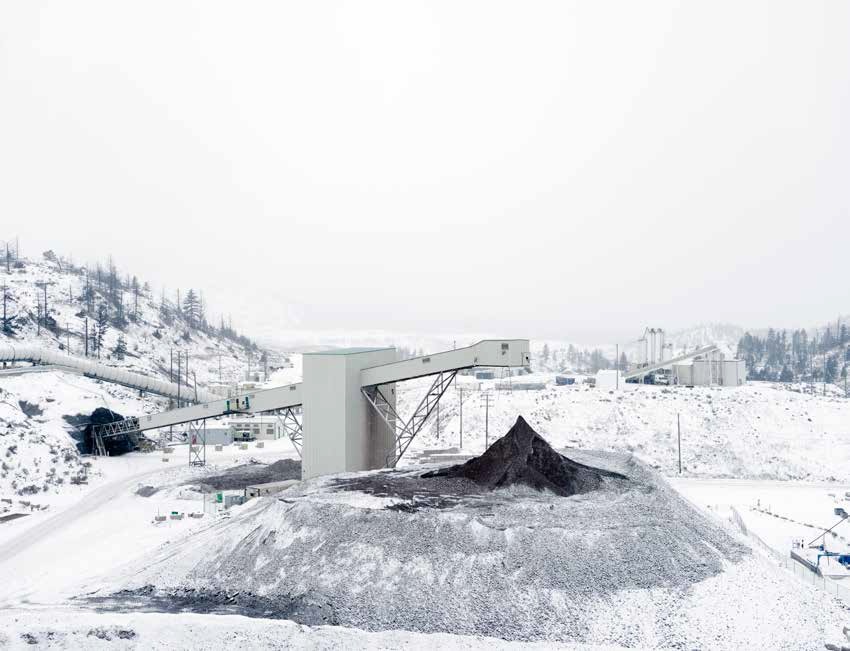Cementation Americas has become the latest miner to add a Cat R2900 XE loader to its equipment fleet, with the contractor set to deploy the diesel-electric LHD at New Gold’s Rainy River project in Ontario, Canada.
The company made the announcement on LinkedIn, referring to the loader as “Caterpillar’s innovative solution” designed to handle bigger payloads, facilitate faster loading and significantly reduce emissions using a diesel-electric drive system. It added: “The 449 hp (335 kW) engine and 18.5-tonne capacity promise efficient and powerful performance.”
Cementation Americas said project leadership at Rainy River was anticipating the realisation of a significant reduction in both fuel burn and heat, creating a better environment for personnel all while increasing productivity, with the introduction of the machine.
It concluded: “Cementation is proud to collaborate with New Gold to execute sustainable solutions and reduce environmental impact in the underground mining environment. Let’s get this thing dirty!”
Since commercial launch last year, the Cat R2900 XE has found its way into loading fleets owned by Gold Fields, Westgold Resources and MMG in Australia. Newmont recently confirmed an order for nine R2900 XEs to the Subika gold mine, in Ghana, while Centamin also added at least one of these LHDs to its underground fleet at Sukari, in Egypt. In Canada, Alamos Gold also recently purchased two of these machines for its Young-Davidson mine.








